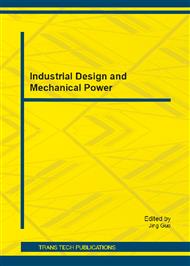p.158
p.165
p.170
p.174
p.178
p.184
p.189
p.193
p.199
Behaviour of Dissimilar Friction Welds with the Introduction of Silver Interlayer
Abstract:
The present work discusses about the introduction of silver interlayers in dissimilar friction welding process. Thecharacteristics of silver interlayer influenced friction weld are compared with the silver free dissimilar friction welding process. The parameters which include temperature, heat generated, pressure, friction coefficient and width of the softened zone are derived for the silver enriched welds. These derived parameters are compared with those of the silver free welds. From this comparison it is found that the introduction of silver interlayers decreases heat generation during welding, friction coefficient and produces narrower softened zone regions. And also the width of the softened zone decreases which in turn increases the strength of the weld if the silver interlayer is formed at the bondline. From all the considerations it is concluded that, stable and strong friction welds can be produced by the influence of silver interlayer in dissimilar friction welding.
Info:
Periodical:
Pages:
178-183
Citation:
Online since:
November 2012
Authors:
Price:
Сopyright:
© 2012 Trans Tech Publications Ltd. All Rights Reserved
Share:
Citation:


